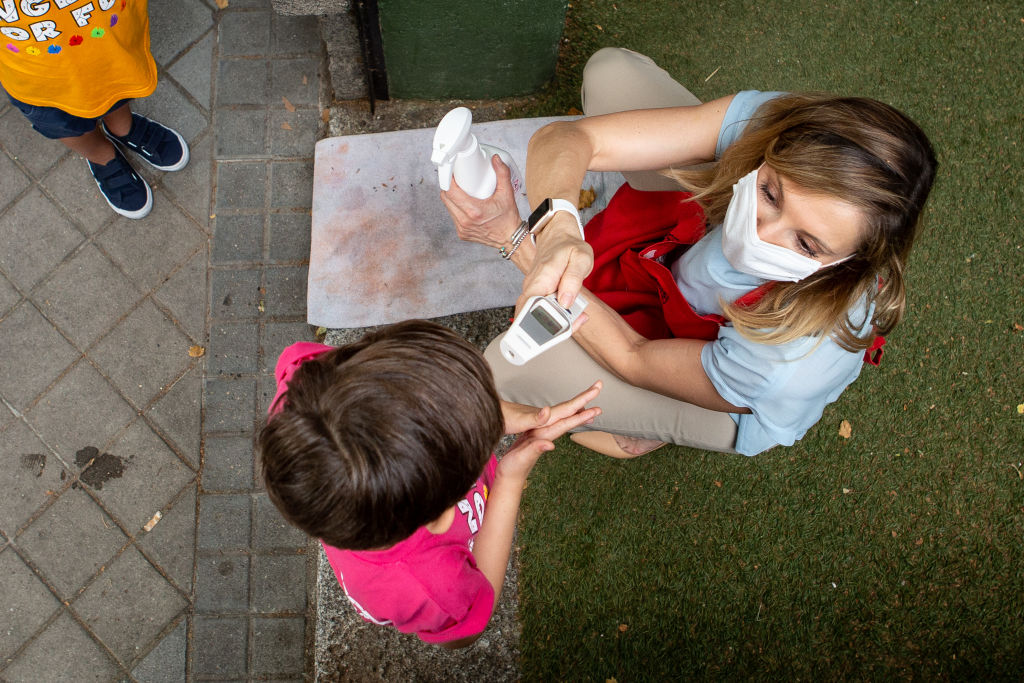
A large European study confirms a rare bit of good news about COVID-19: children seem to be mostly spared from the worst of its effects.
The paper, published June 25 in the Lancet Child & Adolescent Health, suggests well fewer than 1% of children who develop COVID-19 will go on to die from it, and the vast majority will not need intensive care. By contrast, in some of the world’s hardest-hit countries, case fatality ratios that include adults are estimated (albeit using preliminary data) to be higher than 10%.
The new study analyzed case data from almost 600 pediatric COVID-19 patients from 21 different European countries. The kids ranged in age from three days to 18 years old, and boys made up just over half of the group. Three-quarters of the children had no preexisting medical conditions.
More than half of the children were admitted to a hospital, but only 8% required intensive care, the researchers found. Only four patients died from their disease. That works out to a case fatality rate of 0.69%.
Across entire populations, the actual rate is probably much lower, the researchers write, since many children infected with COVID-19 have such mild cases they never require medical care in the first place, let alone need to be admitted to a hospital. For example, 16% of kids in the study never showed COVID-19 symptoms; many of them were only tested because they’d had close contact with another infected person.
The researchers found that infants younger than one month of age were more likely than older children to need intensive care—but, interestingly, all four of the patients who died were older than 10. Two of the children who died had pre-existing medical conditions, a known risk factor for more severe disease.
As with adults, boys were more likely to be require intensive care than girls, according to the study.
“Co-infection” with another virus—like influenza or another strain of coronavirus—also seemed to increase the severity of a child’s disease, which the researchers write “might have implications for the winter period 2020–21, when the incidence of other viral respiratory tract infections…is bound to increase.”
The study’s data were gathered from April 1 to April 24, before a string of reports suggested a possible connection between COVID-19 and a pediatric inflammatory condition similar to Kawasaki disease. That condition, which can lead to shock and fatal heart damage, remains very rare, and researchers are still determining exactly how, if at all, it relates to coronavirus.
The new paper comes as the median age of COVID-19 patients is trending downward in the U.S. The shift in demographics seems to be driven mostly by younger adults—not children—getting infected in larger numbers, as well as better testing protocols. Research in the U.S. and abroad still suggests kids are far less likely than adults to develop a serious case of coronavirus.
More Must-Reads from TIME
- Why Biden Dropped Out
- Ukraine’s Plan to Survive Trump
- The Rise of a New Kind of Parenting Guru
- The Chaos and Commotion of the RNC in Photos
- Why We All Have a Stake in Twisters’ Success
- 8 Eating Habits That Actually Improve Your Sleep
- Welcome to the Noah Lyles Olympics
- Get Our Paris Olympics Newsletter in Your Inbox
Write to Jamie Ducharme at jamie.ducharme@time.com